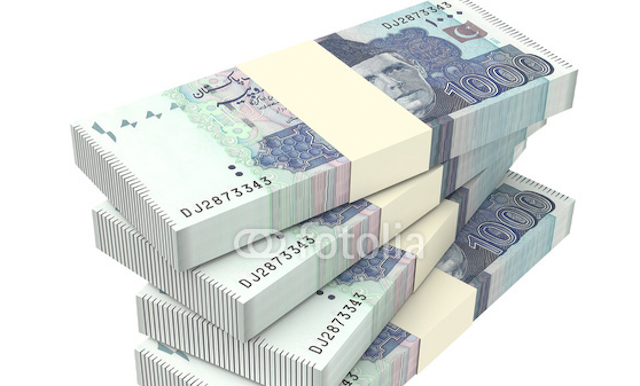KARACHI ( J. Choudhry GUEST WRITER)
Punjab, Sindh, KPK and Balochistan provinces have reported surplus budget in nine months of FY16 as the provinces could not utilize maximum development budget due to lack of capacity and interest as well.
Punjab province has reported surplus budget in nine months of 2015-16. The Provincial surplus of Punjab declined to Rs 57.4 billion during Jul-Mar FY16, as compared to the surplus of Rs 78.2 billion during the corresponding period last year. Out of the total expenditure of Rs 706.6 billion during Jul-Mar FY16, Rs 484.4 billion (68.5 percent) were utilized to meet current expenditure.
Punjab’s development expenses increased sharply by 48.4 percent while total revenues stood at Rs 113.9 billion, of which Rs 91.6 billion was generated from taxes and Rs 22.3 billion came from non-tax revenues. Major sources of tax revenue were GST on services (Rs 40.3 billion), stamp duties (Rs 18.6 billion) and motor vehicle tax (Rs 8.9 billion), State Bank of Pakistan has disclosed this in its 3rd quarterly report of 2015-16.
Sindh Sindh’s fiscal surplus rose to Rs 91 billion – the highest among all provinces – suggesting a greater need for planning and effective utilization of their resources. Revenues stood at Rs 87.3 billion during Jul-Mar FY16, witnessing a growth of 21 percent over last year. Most of these revenues came from taxes (Rs 83 billion), while the rest (Rs 4.3 billion) came from non-tax resources. Major source of tax revenues remained GST on services (Rs 43.5 billion) and stamp duties (Rs 5.1 billion).
Sindh’s expenditure stood at Rs 348.8 billion, of which Rs 238.1 billion (68.3 percent) was spent to meet current expenditure. Development spending of the province declined from Rs 74.5 billion during Jul-Mar FY15 to Rs 65.6 billion (a decline of 12 percent) during Jul-Mar FY16.
Khyber Pakhtunkhwa (KPK) The surplus of Khyber Pakhtunkhwa rose manifold (almost three times) during Jul-March FY16. This was despite 24.4 percent growth in its development outlays. Revenues rose by Rs 23.4 billion, of which tax revenues contributed Rs 9.1 billion, while non-tax revenues added Rs 14.3 billion. Of the tax revenues, Rs 5.3 billion came from GST on services, and Rs 1 billion from motor vehicle tax. The profits from hydro-electricity which added Rs 9.1 billion to collection remained a prime source of non-tax revenues.
Balochistan government also reported a surplus budget during this period, but its surplus declined from Rs 31.1 billion in Jul-Mar FY15 to Rs 6.6 billion during Jul-Mar FY16, with both the revenues and expenditure posting a substantial growth. The revenues almost doubled during Jul-Mar FY16, with tax revenues grew by Rs 1.1 billion during Jul-Mar FY16 over the corresponding period last year and non-tax revenues increasing by Rs 1.7 billion. Main source of revenue remained GST on services (Rs 1.6 billion) and motor vehicle tax (Rs 0.4 billion).
With the growing emphasis on health and social services as well as the need for infrastructure, the development spending of the province increased to Rs 28.1 billion (up 27 percent) during Jul-Mar FY16. Meanwhile, the current expenditure rose from Rs 83.3 billion in Jul-Mar FY15 to Rs 104.3 billion during Jul-Mar FY16.
Courtesy. PCNN

